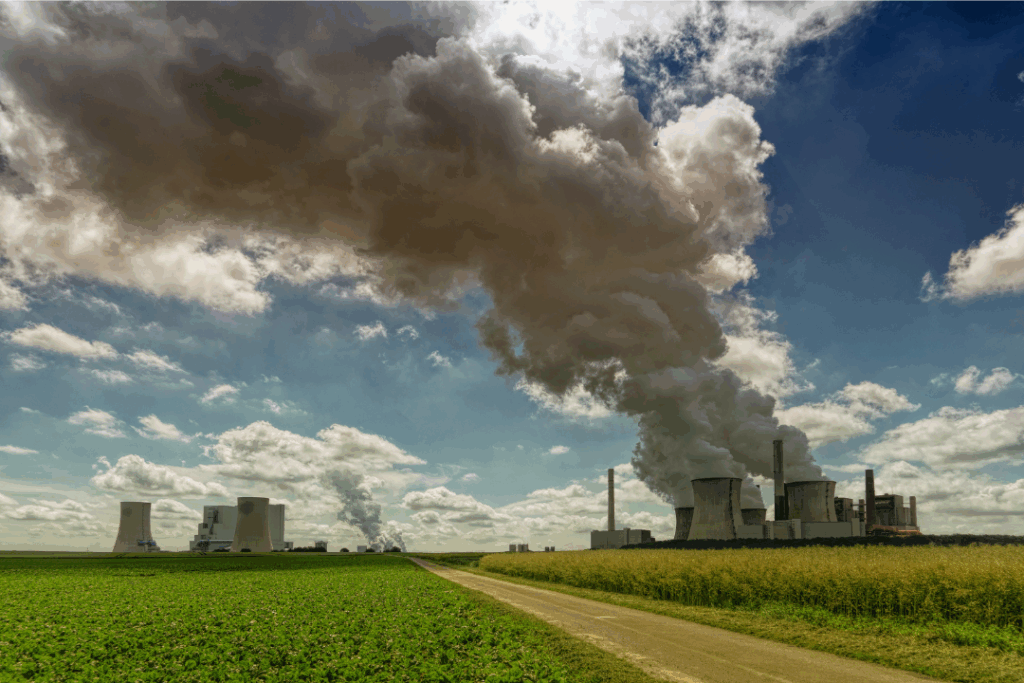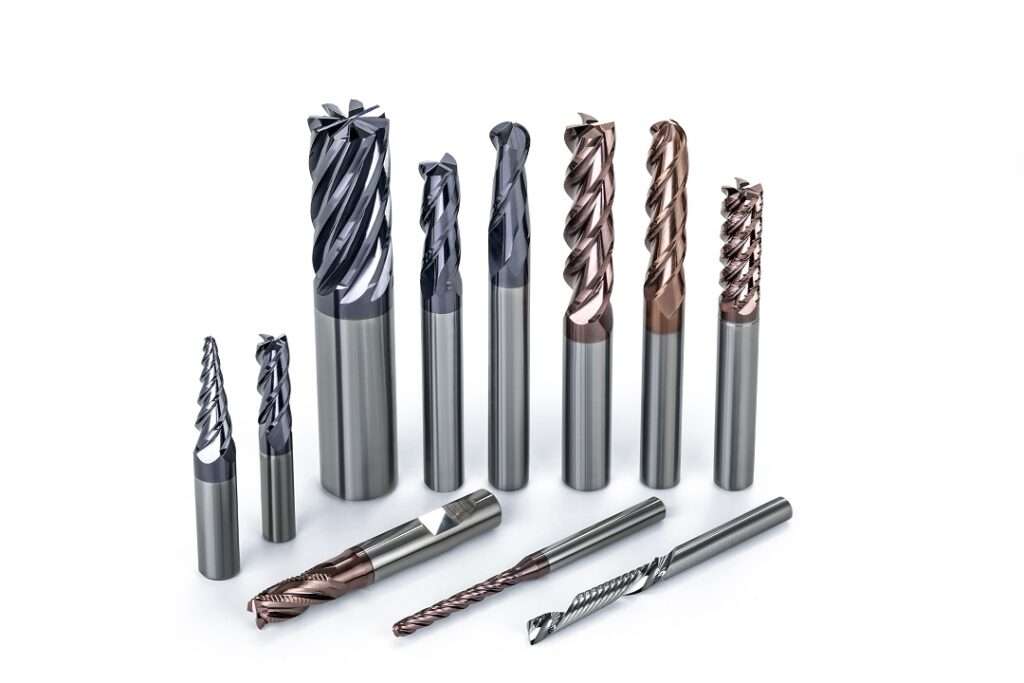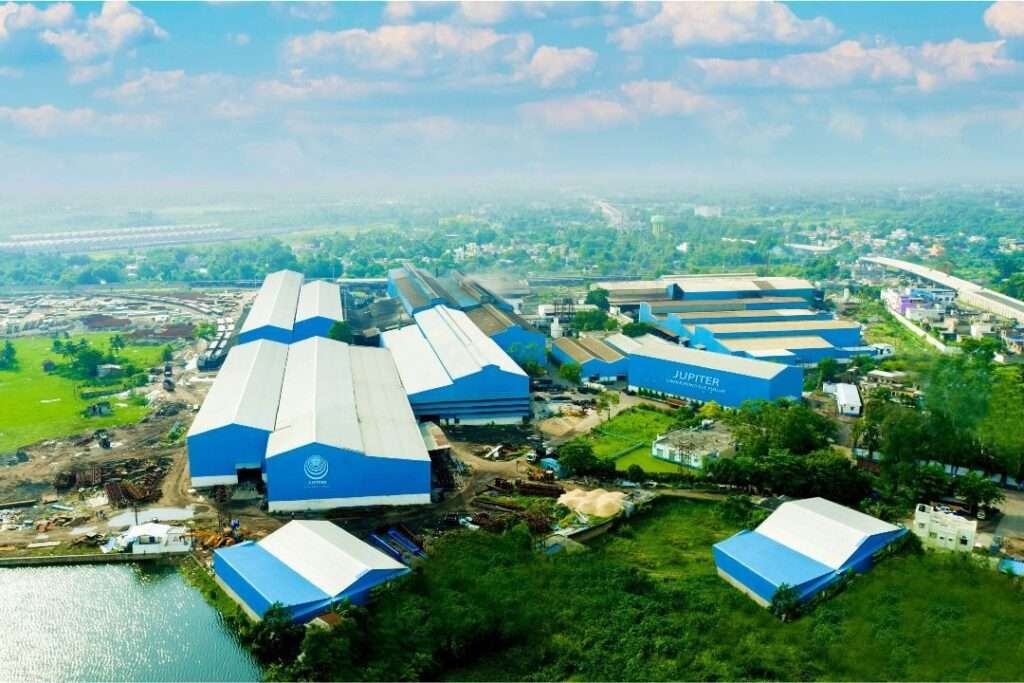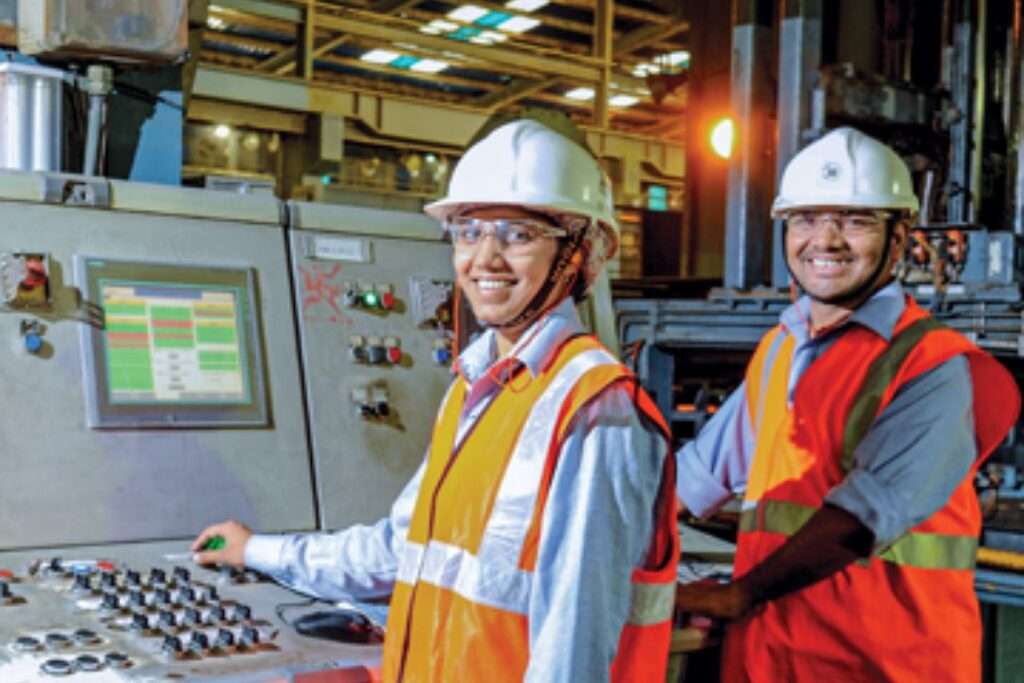Laser cutting technology has emerged at the forefront of the cutting industry due to its precision, speed of operation, ease of use, efficacy, and low maintenance costs. It has become an increasingly popular method that employs a high-power, high-density laser beam to irradiate a workpiece to cause the material to melt, vaporize, or blow away. The power of the laser cutting machine, the kind of auxiliary gas, the pressure, and the auxiliary gas flow rate are the key parameters that impact the metal laser cutting thickness and cutting efficiency.
Cutting gas supply is an essential part of laser cutting. Air compressors, as auxiliary gas providers previously, were mainly used for cooling and cleaning purposes in the laser-cutting process. Moreover, compressed air can be utilized as a cutting gas depending on the material being cut and its thickness.
Importance of Air Compressors in Laser Cutting
- Facilitating Residue Removal: Compressed air or pressurized gas, directed alongside the laser beam, expels molten residue from the cutting area. This simultaneous blasting enhances cutting speed and ensures smooth, burr-free edges.
- Enhancing Cutting Precision: Since the introduction of compressed air, laser cutting machines can handle a diverse range of materials, from delicate fabrics to robust metals and gemstones. This versatility maintains high levels of precision and consistency across various applications.
What advantages does Compressed Air offer for laser cutting?
- Cost Efficiency: Compressed air is an economical option, making it a budget-friendly choice for laser-cutting operations.
- Enhanced Cutting Speed : Depending on the material type and thickness, compressed air can lead to faster cutting rates and improved overall throughput, optimizing production efficiency.
- Reduced Heat-Affected Zone : By rapidly cooling the material during the cutting process, compressed air helps minimize the heat-affected zone around the cut edges. This is particularly important for materials prone to distortion, such as metals, as it helps maintain dimensional accuracy and reduces the need for secondary finishing operations.
- Optics Protection and Maintenance: Laser cutting systems rely on precise optics to focus and deliver the laser beam to the workpiece. Compressed air is used to keep these optics clean by removing dust, smoke, and debris that can accumulate during the cutting process. This helps maintain consistent cutting quality and extends the lifespan of the optical components.
- Existing Infrastructure Utilization: Since compressed air is commonly utilized onsite for various purposes, such as powering other machinery, facilitating dust extraction, and supporting automation processes, integrating it into laser cutting operations effectively leverages existing infrastructure.
When selecting an air compressor for laser cutting equipment, the following should be considered thoroughly to ensure high cutting efficiency.
Compressed air quality significantly affects laser cutting outcomes, as it often contains water mist and oil. Failure to clean the compressed air can disrupt the laser beam transmission, disperse the focus, and result in incomplete cuts and waste. To mitigate these issues, a robust compressed air system must include a high-quality dryer to remove moisture, followed by high-precision filters to eliminate oil and dust particles. This ensures optimal conditions for laser cutting.
Advancements in laser cutting technology have increased pressure requirements for air compressors, with pressures rising from 8 bar to 16 bar over the past few years. Higher air pressure improves cutting quality and efficiency, supporting the development of professional laser-cutting machines.
In conclusion, the progress of laser-cutting technology highlights the critical role of compressed air. Compressed air is essential for achieving precision and efficiency in laser cutting operations since it saves money, speeds up the process, and leverages existing infrastructure. Ensuring compressed air quality and pressure is critical for achieving optimal cutting results and driving industry standards forward.








